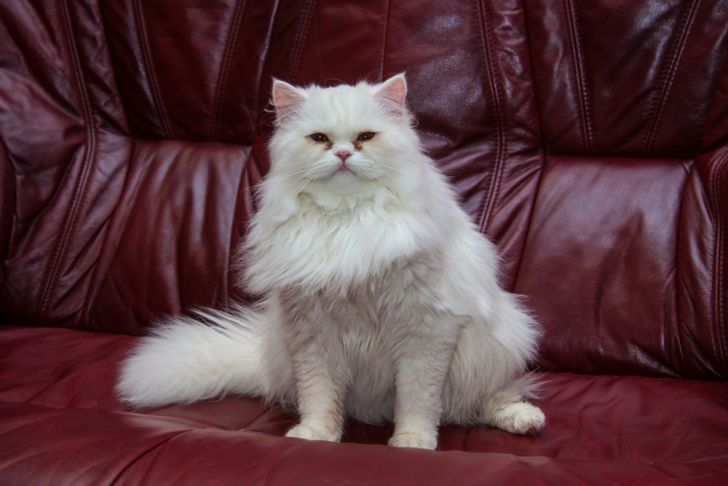Why does a cat scratch a sofa: simple ways to save furniture and nerves
Scratching is a natural instinct for cats, but for many owners it becomes a real problem.
To find a solution, it is important to understand why your pet chooses your sofa and not a scratching post.
Cats scratch surfaces for several reasons:
Physiological necessity. Cats' claws grow in layers, and scratching helps remove the old, keratinized layer. If this is not done, the claws can grow into the pads, causing pain and inflammation.
Exercise for muscles: When a cat reaches up to scratch a vertical surface, it tenses the muscles of its back and legs, maintaining their tone.

Territorial marking. Cats have glands on their paws that secrete pheromones. By scratching furniture, the pet leaves visual and chemical marks that tell other animals: "This is mine!" After a new pet or child appears in the house, the cat may begin to actively scratch objects to restore a sense of security.
Emotional release. Stress (moving, loud noises, loneliness) provokes cats to destructive behavior. Scratching helps them relieve tension.
Boredom. If your pet is alone all day, he looks for ways to entertain himself, and the sofa becomes the "victim".
How to redirect a cat's attention
Step 1: Choosing the Right Scratching Post
Pay attention to the material the product is made of. Sisal is a coarse fiber, ideal for sharpening claws, and is suitable for most cats.
Cardboard is a cheap option, but wears out quickly. It is better to use for kittens. And carpet is attractive to cats, but can leave lint on their paws.
According to the shape, scratching posts come in:
- Vertical posts with a height of 70 cm are suitable for adult cats. For large breeds (Maine Coon), choose models from 1 meter.
- Horizontal mats are an option for pets that prefer to scratch the floor.
- Combination complexes with platforms and toys are ideal for active cats.
Step 2: Correct placement
Place the scratching post near the "favorite" place of destruction. If the cat scratches the sofa by the window, move the post there.
Secure the scratching post securely: a wobbly structure will scare away your pet.
Step 3: Get attention
Rub the surface of the scratching post with catnip or pheromone spray (Feliway).
Hang toys (feathers, pom-poms) on the top of the post to stimulate interest.
Step 4: Protect your furniture
Apply double-sided tape or special transparent pads to the corners of the sofa. Cats hate the sticky texture.
Use covers made of thick fabric (jute, burlap) - they are easier to replace than to repair the upholstery.
Step 5: Alternative Methods
Trimming nails. Trim the clear part of the nails every 2-3 weeks. Use a nail clipper with a limiter to avoid damaging the blood vessels.
Silicone caps are nail stickers that are completely safe and last for 4-6 weeks.
What to do if your cat ignores the scratching post
- If your cat starts scratching the sofa, move it to the scratching post and run its paw over the surface, imitating scratching.
- Never shout or splash water - this will cause stress and make the problem worse.
- Make sure your cat has plenty of toys and activities. Buy interactive puzzles with treats.
- Check if there are any sources of stress in the house: new animals, loud equipment, conflicts.
Summary: Scratching is not harmful, but a natural need. The owner's task is to offer the pet the right alternative and create a comfortable environment.
